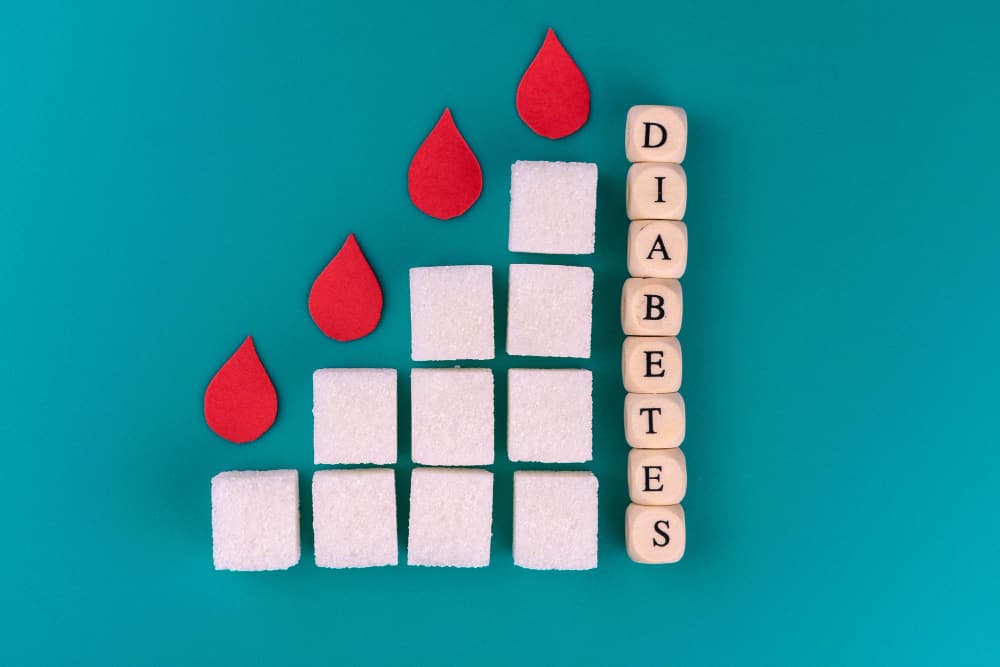One of the more overlooked components of the male anatomy is the prostate gland. This is likely due to the fact that it’s an internal organ and is easily forgettable until there is a specific issue, like your appendix.

But the truth is prostate health is critically important for men all over the world, and prostate cancer is one of the biggest killers there is.
Understanding how to maintain proper prostate health demands a knowledge of the prostate itself and developing strong healthy habits that lend to positive prostate health. Certain supplements, like Prostate 911, claim to provide you with the necessary natural ingredients to maintain a healthy prostate, it’s important to practice healthy habits and get a prostate exam when necessary.
In this article, we’re going to take a look at the location and function of the prostate, how to maintain proper prostate health, and when to get a prostate exam. Ignoring your prostate health can turn into a very scary situation before you know it. Make sure to treat your prostate health seriously and keep an eye out for any warning signs or possible complications.
What Is The Prostate?
According to the CDC, the prostate is a part of the male reproductive system and includes the penis, prostate, testicles, and seminal vesicles. It is located just below the bladder and in front of the rectum. It’s roughly the size of a walnut and surrounds the urethra.
What Is The Function of the Prostate?
The prostate’s primary function is to produce the fluid that nourishes and transports sperm and seminal liquids. Problems with the prostate can impact fertility, urinary issues, and other, more serious issues.
What Are Common Prostate Issues?
Prostate issues are common, especially in older men. Some of the most common issues include:
- Benign prostate hyperplasia – BPH, very common in older men, is when the prostate is enlarged but not cancerous.
- Acute bacterial prostatitis – This condition usually occurs suddenly as a result of a bacterial infection. Generally, this is cured with antibiotics.
- Chronic bacterial prostatitis – This condition, which is rare, indicates a bacterial infection that comes and goes.
- Chronic prostatitis – This condition is also known as pelvic pain syndrome and causes chronic pain or discomfort, but usually isn’t too dangerous.
- Prostate cancer – Prostate cancer is the second leading cause of death in American men, according to Cancer.org. One in 41 men will die of prostate cancer.
When Should I Get A Prostate Exam?
The American Cancer Society recommends all men approaching the age of 50 get their first prostate exam. Then, it’s recommended to get one every three to five years. However, if you notice any prostate issues or common symptoms that indicate an issue in that department, don’t hesitate to get an exam. While this is not a comfortable or pleasing procedure, it could save your life.
Common warning signs to look for that could indicate a prostate issue include:
- Frequent urination, particularly at night
- Painful or burning urination
- Painful ejaculation
- Pain or stiffness in the lower back, hips, pelvic or rectal area, or upper thighs
- Urine dribbling or lack of proper urine flow
Conclusion
The prostate is a necessary organ in men’s urinary and sexual health and isn’t to be ignored. If you notice any urine trouble, painful ejaculation, or other painful symptoms common with prostate issues, it’s recommended to see a doctor immediately.
Also, if you have a family history of prostate issues, you might want to get a prostate exam earlier than is usually recommended.








